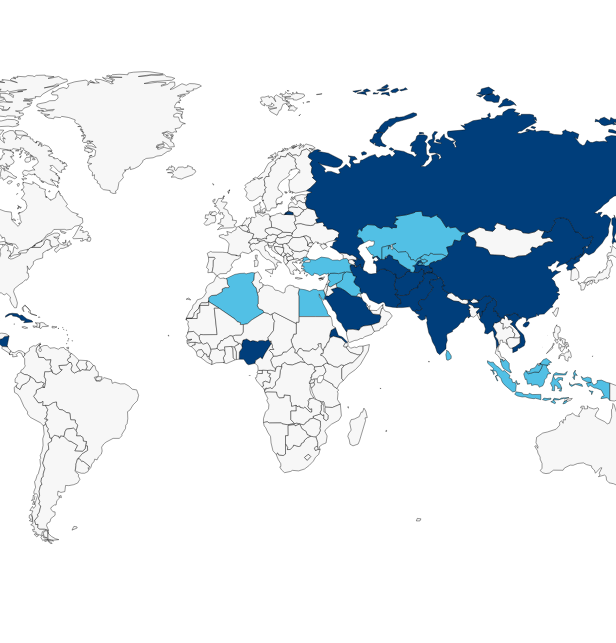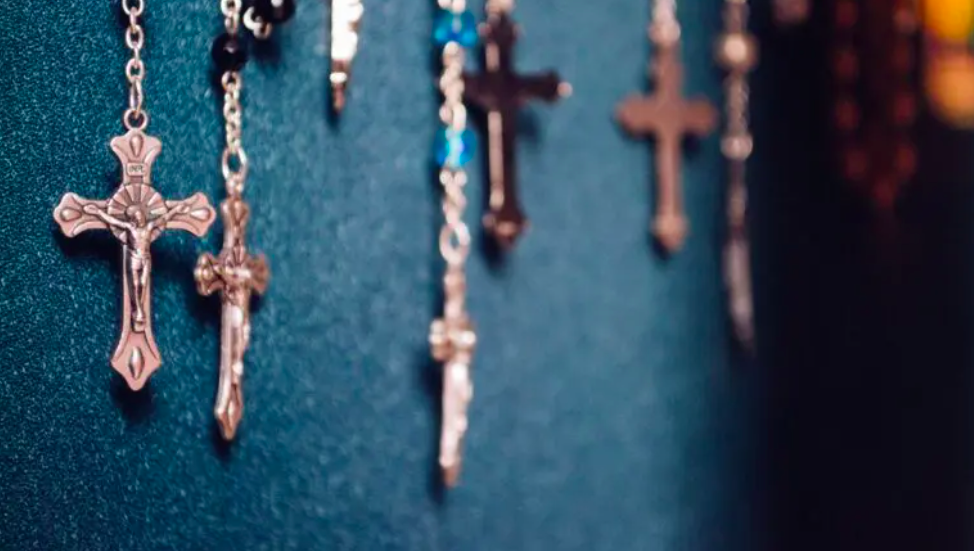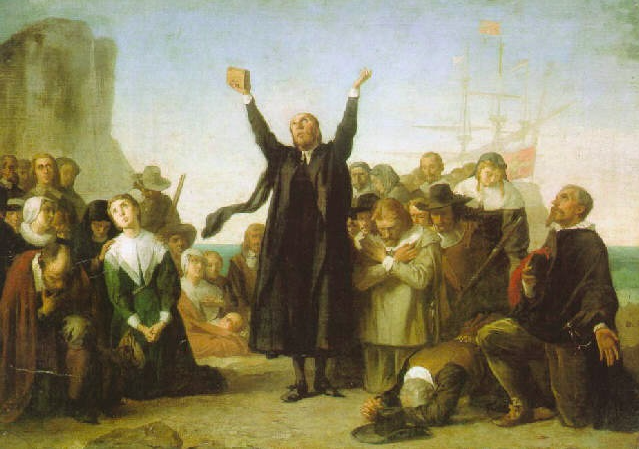RFI President Eric Patterson authored a piece in WORLD Magazine this week discussing the theory behind “The Clash of Civilizations?” — Samuel P. Huntington’s famous 1993 essay. Patterson argues that today’s Russia shows both the power and limitations of Huntington’s theory, which posits that civilizational conflict dominates modern global politics. He writes:
As we consider America’s greatest challenges in the global arena, should we think of them as a part of a “clash of civilizations?” Are we just competing with China, Russia, and others over markets and money, or is the larger battle over values and ideas?
In 1993, Harvard professor Samuel P. Huntington published his controversial essay, “The Clash of Civilizations?” That article gave rise to three decades of vociferous debate. Huntington’s basic argument was that the Cold War was a war of ideologies (democratic capitalism vs. Marxist communism), won by America and its allies. Huntington described the “battle lines of the future” as:
… the fundamental source of conflict in this new [post-Cold War] world will not be primarily ideological or primarily economic. The great divisions among humankind and the dominating source of conflict will be cultural. Nation states will remain the most powerful actors in world affairs, but the principal conflicts of global politics will occur between nations and groups of different civilizations. The clash of civilizations will dominate global politics. The fault lines between civilizations will be the battle lines of the future.
Huntington’s “clash of civilizations” theorized that globalizing tools such as media and technology would drive the creation of regional blocs based upon shared historical and cultural affinities, most notably religious identities which would take shape as the Protestant West, Catholic Latin America, Orthodox East (Russia), Confucian China, the greater Muslim world, and the like. The basic idea is that political alliances would form at the highest level of “shared civilizational identity,” coalescing around a thin, yet shared, religio-cultural identity. The flashpoints for conflict should be where these civilizations bump into one another, such as Hindu India’s borders with Muslim Pakistan and China.
Today’s Russia shows both the power and limitations of Huntington’s theory. Vladimir Putin claims that Russia is the center of such an Orthodox religio-cultural civilization based upon a revisionist history of Russian glory—the Russian mir (world) that encompasses neighbors such as Belarus and the wider Orthodox world. His religious diplomacy resulted in millions of dollars invested in rebuilding Orthodox shrines, churches, and monasteries from France and Greece to Syria and Armenia. Putin justified the invasion of Ukraine’s Crimean peninsula in 2014 as the historical, sacred heartland of the Kievan Rus where the conversion of Vladimir the Great occurred in 988 AD. Forbes calls this “Russian exceptionalism” an “(un)holy alliance” of the Kremlin and the Russian Orthodox Church.
Read the full article: “Was There Really a “‘Clash of Civilizations?’”
THE RFI BLOG

Myths of Religious Nationalism in America and Abroad

France’s Olympic Hijab Ban Violates International Law And Exacerbates Tensions

RFI Briefs USCIRF on Lessons from 25 Years of U.S. Designating Religious Freedom Violators

Thought Police: Protecting the People from Prayer

A Religious “Delaware”: Establishing a State Haven for Religious Corporations
CORNERSTONE FORUM

Challenges to Religious Freedom in Iraq and the Critical Need for Action

Public Bioethics & the Failure of Expressive Individualism

Religious Liberty in American Higher Education

Scotland’s Kate Forbes and the March of Secularism

